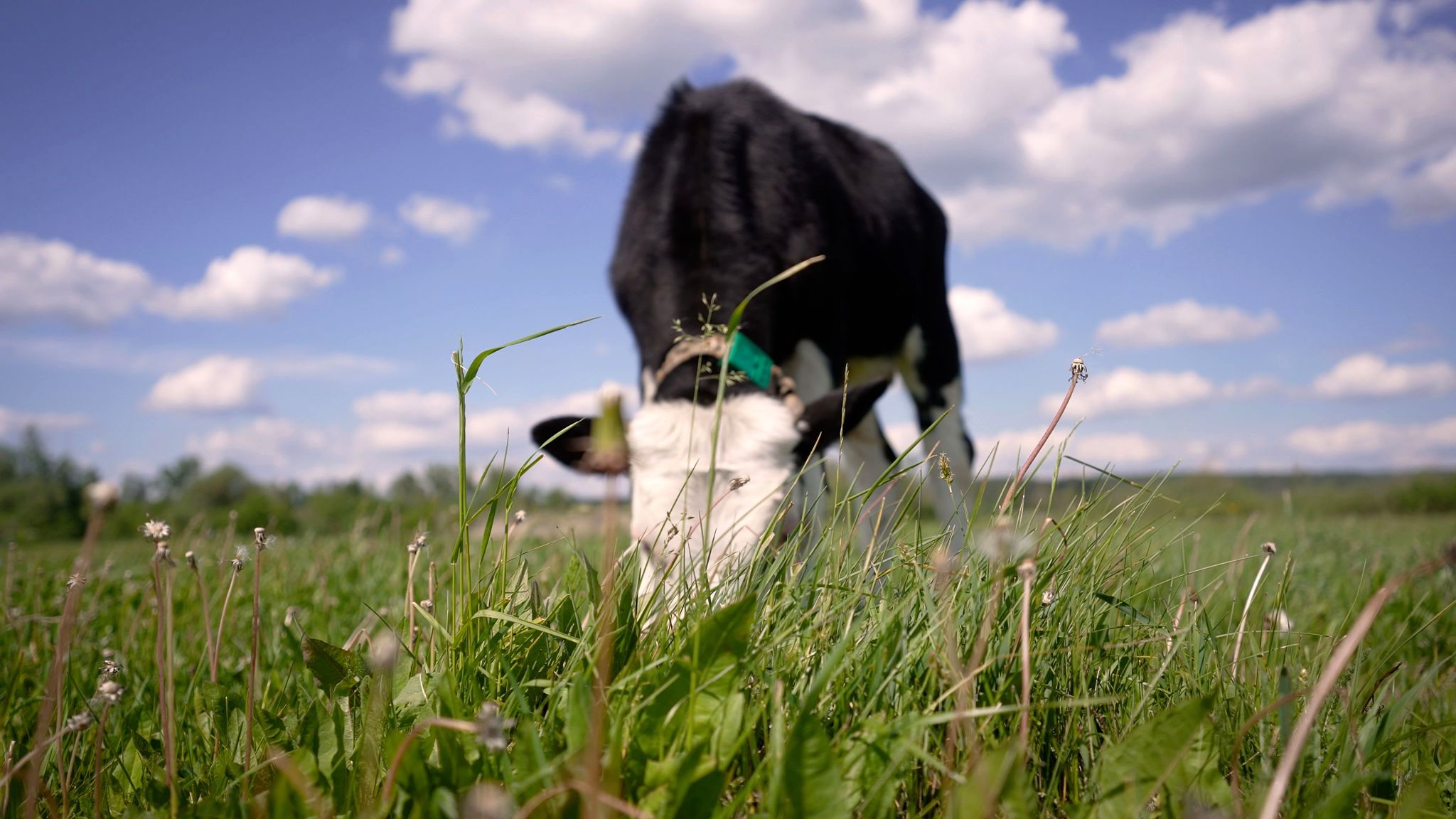Comparing Brazilian and American Beef in Asian Markets: What You Need to Know
As Asian markets continue to expand and diversify, the demand for high-quality beef has risen significantly. Among the top contenders in these markets are Brazilian and American beef, each offering unique qualities and advantages. Understanding the differences between these two options can help consumers and businesses make informed choices.

Quality and Flavor Profiles
Brazilian beef is renowned for its grass-fed origins, which contribute to its distinct flavor profile. The cattle primarily graze on lush pastures, resulting in leaner meat with a slightly earthy taste. This method of raising cattle aligns with the growing preference for natural and organic food sources in many Asian countries.
On the other hand, American beef is often grain-fed, which imparts a richer, more buttery flavor. This type of feeding process usually leads to more marbling, enhancing the tenderness and juiciness of the meat. American beef is a popular choice in markets where premium quality and taste are highly valued.

Price Considerations
When it comes to pricing, several factors influence the cost of Brazilian and American beef in Asian markets. Brazilian beef tends to be more economical, primarily due to lower production costs. This makes it a competitive option in markets where affordability is a key consideration.
Conversely, American beef often commands a higher price due to its premium quality and the extensive processes involved in its production. For consumers willing to invest in superior taste and texture, American beef remains a preferred choice despite the higher cost.
Sustainability and Environmental Impact
The sustainability practices of beef production are increasingly important to consumers worldwide. Brazilian beef has faced scrutiny over deforestation and environmental impact, particularly in the Amazon region. However, efforts are being made to improve sustainability through stricter regulations and sustainable farming practices.

American beef producers are also working towards reducing their environmental footprint, with initiatives focusing on sustainable feed and reducing greenhouse gas emissions. The choice between Brazilian and American beef can often come down to individual values and priorities regarding sustainability.
Market Availability and Preferences
The availability of Brazilian and American beef varies across Asian markets. Brazilian beef is widely distributed and accessible, making it a staple in many regions. Its affordability and unique flavor profile cater to a broad audience, including those seeking halal-certified products.
American beef, while more niche, is often found in high-end restaurants and specialty stores. It appeals to a segment of consumers who prioritize luxury and are willing to pay a premium for superior quality and taste.

Conclusion
In conclusion, the choice between Brazilian and American beef in Asian markets depends on various factors, including flavor preferences, budget considerations, and sustainability concerns. Both options offer distinct advantages, and understanding these differences can guide consumers and businesses in making the best choice for their needs and values.
